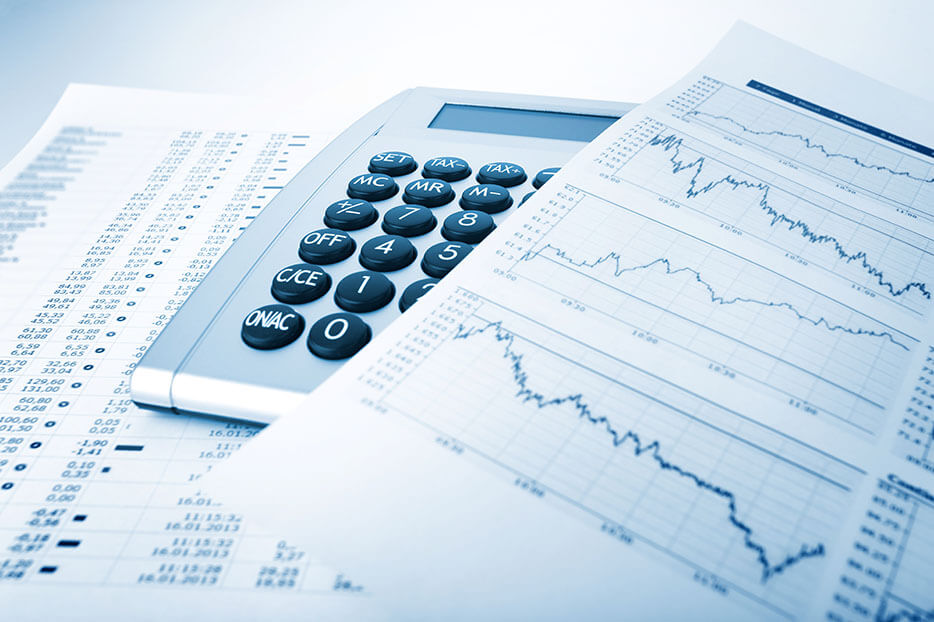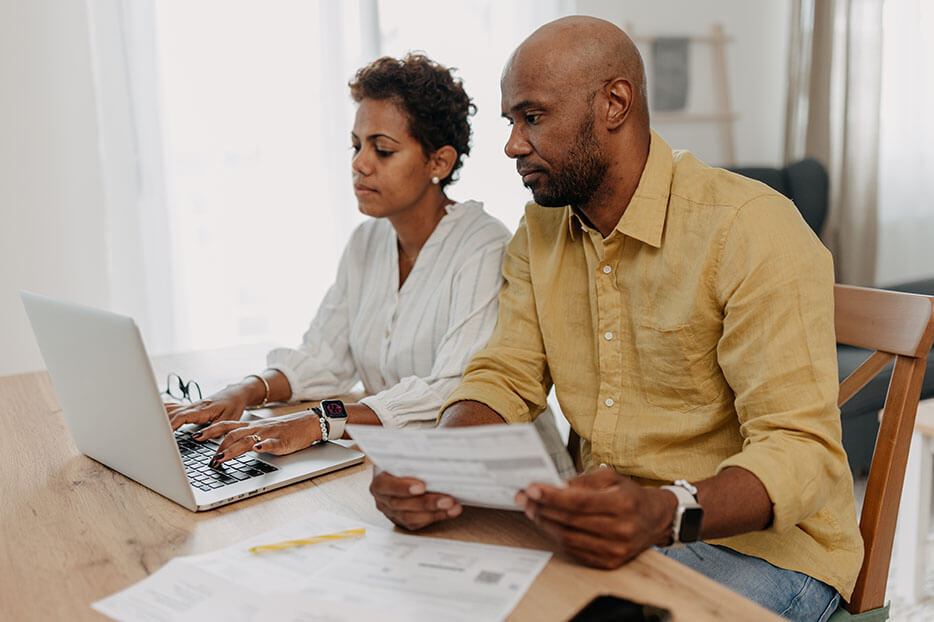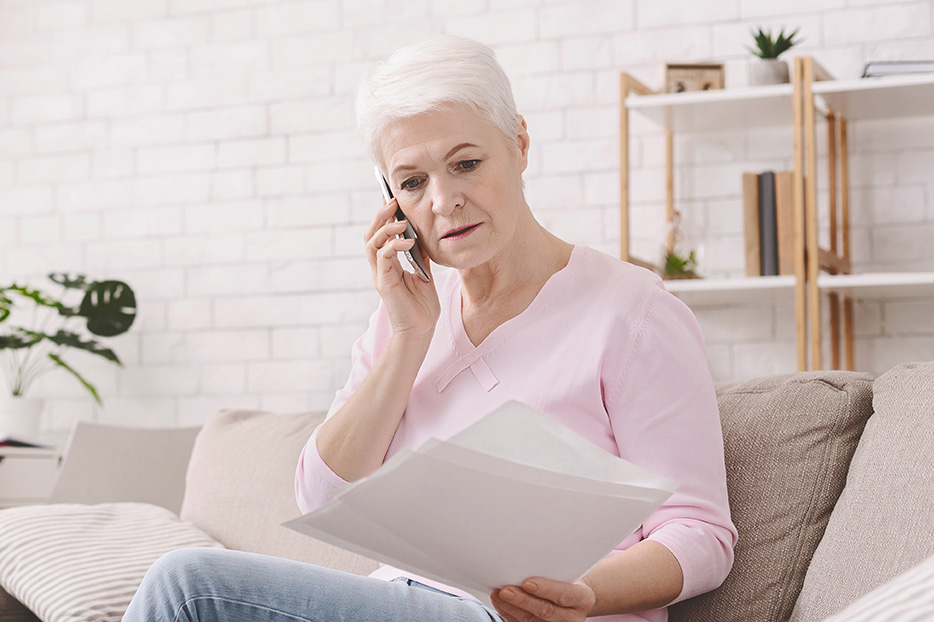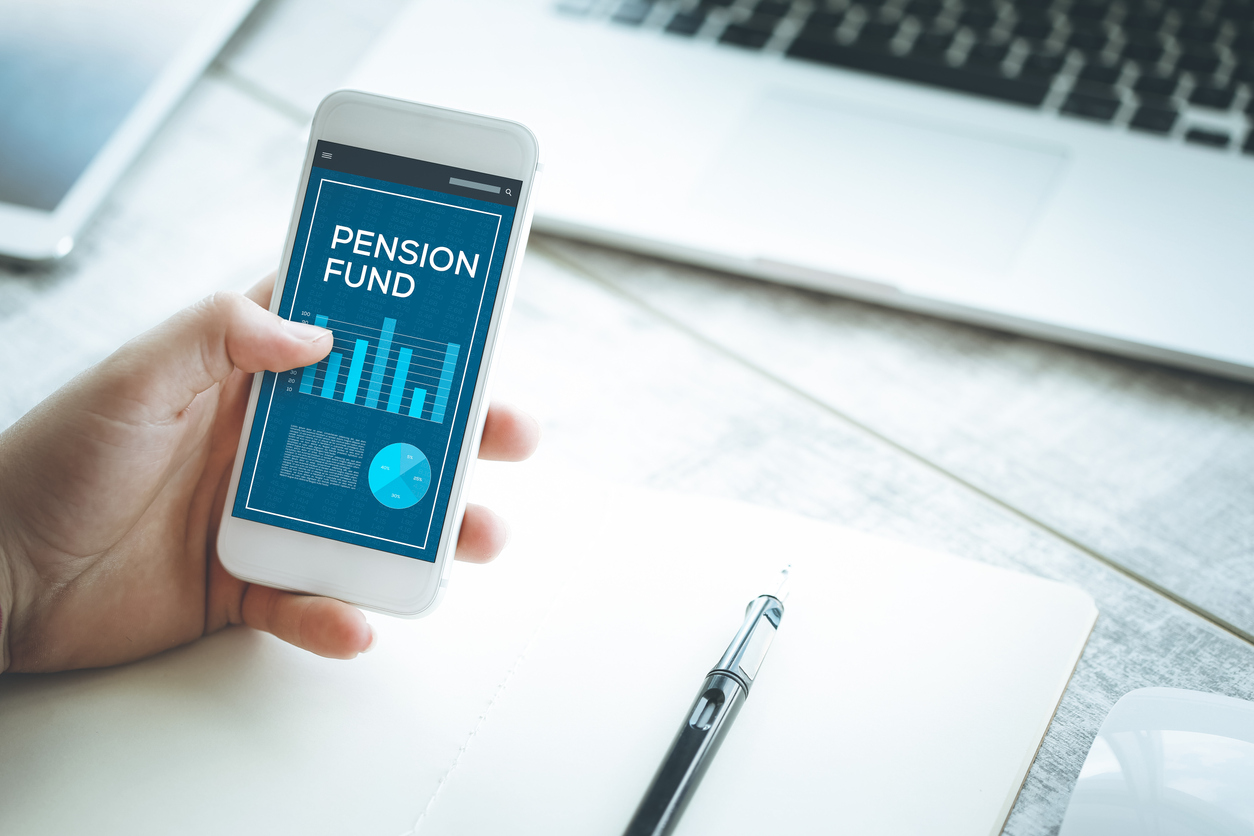Firstly, both you and Babcock will contribute to your Scheme pension – the Company won’t make contributions to any other savings you might have. Secondly, while there are some savings arrangements that allow you to invest your money, most savings accounts rely on interest rates to build up the money you save. For defined contribution pensions, your money, on the other hand, is always invested and will rely on returns on investment and interest for growth.
You can, yes. Over the course of your working life, you’ll probably work for more than one employer and build up pensions at each workplace. You can also save into a personal pension at the same time as contributing to a company pension but your employers won’t contribute to these personal pensions.
No, you can nominate anyone, e.g. your spouse, civil partner, children, parents or other close relatives or friends for the Trustee Board to consider if there are death benefits payable from the Scheme. You should make sure you have completed an Expression of Wish form and return it to the Pensions Team. The form isn’t a legal document, but the Board will take your wishes into consideration when deciding how the death benefits should be settled and to whom.
The Pensions and Lifetime Savings Association (PLSA) has drawn up a set of Retirement Living Standards. These Standards show the amount of income you’d need to be able to lead a Minimum, Moderate or Comfortable lifestyle in retirement. To enjoy the Minimum Retirement Living Standard, which covers your needs with some left over for fun, it recommends an income of £10,900. If you’re eligible for a full new State Pension, you’d receive £9,627.80 in the 2022/23 tax year. While your outgoings may be lower in retirement than they were when you worked, the figure still falls below the PLSA’s Minimum Retirement Living Standard.
This will depend on how many years you’ve been paying National Insurance contributions for – you need 35 qualifying years to receive the new State Pension. You can check your eligibility and find out what your State Pension age is on GOV.UK.
Saving into a pension means that you’re building up benefits for when you retire. Making contributions into the BRSS is also one of the most tax-efficient ways you can save (up to certain amounts). And, if you make your contributions through Salary Sacrifice, you may also make National Insurance savings. Babcock will also match your contribution rate to a maximum level but you can still pay more than the maximum matching amount.
The contributions you and Babcock make into the BRSS help it to grow. They are also invested with the aim of long-term growth.
If you take time off work, for example for maternity, paternity, or parental leave, you may earn less, which could have an impact on how your pension builds up. However, Babcock pays contributions for any period of paid parental leave to help with this. Once you return, you can boost your savings by increasing your contributions or by making Additional Voluntary Contributions (AVCs) depending on which Scheme you’re in.
If you stop working for Babcock you have two choices to make about your Babcock pension:
The options you have for taking your pension will depend on which Scheme you’re a member of.
*The Normal Minimum Pension Age (NMPA) is the earliest age the law allows you to start taking your benefits without paying a tax penalty. For most pension schemes, the NMPA is currently age 55, but from 6 April 2028, the government is increasing this to age 57 for some schemes. We’ll be issuing a separate newsletter about this.
Choosing how to take your pension when you retire is an important decision. To help make sure you make the right choice for you, speak to a financial adviser. You can find one at unbiased.co.uk.
Scheme activity in 2024
Here's a reminder of what you have received from the Trustee throughout 2024...
December 2024
Read article
Financial summary
Each year, the Trustee produces its Report and Accounts. This shows the financial...
December 2024
Read article
Investment overview
The table below shows the performance of the investment funds available in...
December 2024
Read article
Member Nominated Director (MND) update
The Trustee reviewed its three MND's terms of appointment as part of its continual...
December 2024
Read article
Pension scams are still rising
With modern technology, scammers can produce professional-looking materials...
December 2024
Read article
Pensions Dashboards update
Pensions Dashboards are set to transform how you access information about your...
December 2024
Read article
Bulk transfer update
On 1 October 2024, Babcock International Group plc (the Company) launched a new employee...
December 2024
Read article
Important update on your DC savings for the BRSS
This affects the Defined Contribution (DC) savings of all active and deferred members...
November 2024
Read article
An update on the Lifetime Allowance
Since 2006, pension savings have been subject to a Lifetime Allowance (LTA)...
April 2024
Read article
Scheme activity in 2023
Here's a reminder of how the Trustee has kept in touch with you throughout 2023...
December 2023
Read article
Financial summary of the Scheme
Each year, the Trustee produces its Report and Accounts. This shows the financial development of the Scheme over the year...
December 2023
Read article
Investment overview
The table below shows the performance of the investment funds available in the 12 months to 30 September 2023, compared...
December 2023
Read article
How much money will you need in retirement?
We've previously reported on the Retirement Living Standards...
December 2023
Read article
Help look after the ones you leave behind
You can tell the Trustee your wishes by...
December 2023
Read article
State Pension increases
In April 2023, the State Pension increased by 10.1%...
December 2023
Read article
Beware of pension scams
Sadly, we continue to remind members to be aware of the danger of pension scams....
December 2023
Read article
Spotlight on a Trustee
We spoke to Karena Caskie, a Member-Nominated Trustee, about his experience of sitting on the Trustee Board...
December 2023
Read article
Retirement Living Standards and Pension Credit
Many people don't save enough for retirement because they don't know how much money...
August 2023
Read article
Keep your savings safe from scammers
Over the years, scams including pension scam activity continue to rise with scammers looking to...
July 2023
Read article
Your pension tax limits have changed
The AA is the maximum amount that you can save into all your pension arrangements...
June 2023
Read article
Member Nominated Director - Terms of appointment postponement
At the end of 2022, the Trustee reviewed its Member Nominated Directors (MNDs) terms of...
April 2023
Read article
Scheme activity in 2022
Here's a reminder of how the Trustee has kept in touch with you throughout 2022...
December 2022
Read article
Financial summary of the Scheme
Each year, the Trustee produces its Report and Accounts. This shows the financial development of the Scheme over the year...
December 2022
Read article
Investment overview
The table below shows the performance of the investment funds available in the 12 months to 30 September 2022, compared...
December 2022
Read article
Dealing with the rising cost of living
It has been a busy period for the Scheme since the last winter newsletter and, particularly in recent months...
December 2022
Read article
Financial guidance is at hand
If you're struggling to get on top of debt, want to feel like you're in control...
December 2022
Read article
Who should we look after if you die?
Your Scheme membership provides valuable benefits for your loved ones, so...
December 2022
Read article
Are your TRA and investment choices still right for you?
Alongside the contributions that you and the Company make into your Personal Account, if you are an active member...
December 2022
Read article
Boost your benefits
If you are an active member in the BRSS, making additional contributions to your Personal Account in the BRSS now could mean ...
9 November 2022
Read article
Statement regarding market volatility
You will have probably seen in the press many articles regarding the pensions industry and the impact of current market volatility...
20 October 2022
Read article
Normal Minimum Pension Age to increase
The government will be increasing the Normal Minimum Pension Age...
5 September 2022
Read article
New climate-focused investment fund has launched
The Trustee is pleased to announce that the fund is now available for all members to choose to invest in...
12 January 2022
Read article
Scheme activity in 2021
While the challenges of living with COVID-19 are...
6 December 2021
Read article
Financial Summary 2021
Each year, the Trustee produces its Report and Accounts...
6 December 2021
Read article
Investment overview 2021
The table below shows the investment performance of the individual funds available to members...
6 December 2021
Read article
New climate-focused investment fund
The Trustee is pleased to announce that it has committed to introducing a new...
6 December 2021
Read article
Tax allowances – 2021/22
The Government limits how much money you can save ...
6 December 2021
Read article
Looking after your loved ones
Did you know that your loved ones could be entitled...
6 December 2021
Read article
Pension scams – stay alert
Scammers are continuing to target pension pots of all sizes...
6 December 2021
Read article
How much money will you need when you retire?
More of us than ever are saving in a workplace ...
6 December 2021
Read article
New website for your BRSS pension: MyWorkplace
Aviva provides the administration services to the Trustee...
30 September 2021
Read article
Setting your retirement goals
Every year, Aviva sends you a benefit statement...
1 June 2021
Read article
Staying pension healthy
Unfortunately, scammers target pension pots of all sizes...
1 June 2021
Read article
A look back at 2020
For many of us, 2020 has been a difficult year...
10 December 2020
Read article
Update from the administrator
The Trustee contacted all members in April 2020 to explain how the Scheme's administration team...
10 December 2020
Read article
Financial summary of the Scheme
Each year, the Trustee produces its Report and Accounts...
10 December 2020
Read article
Investment overview
The table below shows the investment performance of the individual funds available to members...
10 December 2020
Read article
Spotlight on a Trustee
We spoke to Richard Bowen, a Member-Nominated Trustee, about his experience of sitting on the Trustee Board...
10 December 2020
Read article
Look after your loved ones
Did you know that your loved ones could be entitled to...
10 December 2020
Read article
Too good to be true?
It's now illegal for companies to make unexpected or unsolicited contact with you about...
10 December 2020
Read article
Spotlight on tax
The Government sets limits on the amount of money you can save...
10 December 2020
Read article
Coronavirus update
What does the Coronavirus mean for your pension?
9 April 2020
Read article
Investment overview
The Trustee works closely with investment managers who manage the day-to-day investments...
19 December 2019
Read article
Financial summary of the Scheme
Each year, the Trustee produces its Report and Accounts...
19 December 2019
Read article
Planning for your retirement
Whether you are considering early retirement, or plan to continue working...
19 December 2019
Read article
Further information
This report summarises the Scheme developments...
19 December 2019
Read article

























































